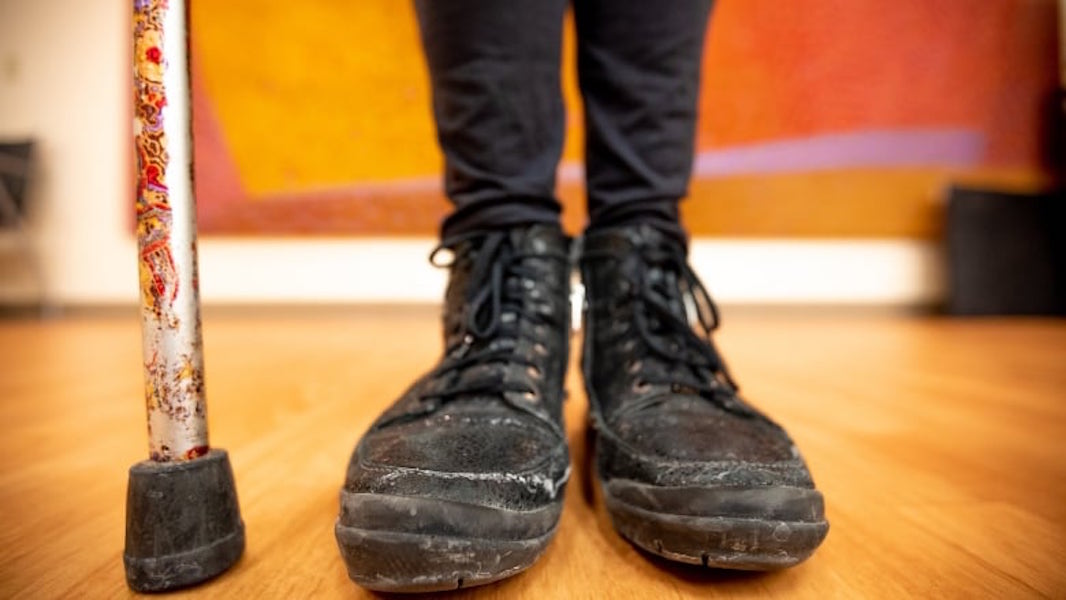
A recent article in CBC news highlighted the important work done by two of our cluster members; Stephen Robinovitch, SFU and Alison Novak, Toronto Rehabilitation Institute:
Beyond the hospital, researchers at Simon Fraser University in Burnaby, B.C., have been studying the science of falls in older adults.
"It's a huge cause of injury and death," said Stephen Robinovitch, an engineer and lead researcher with the school's Injury Prevention and Mobility Laboratory. "That's one of the things that motivates me."
The focus of Robinovitch's work is on the two most important injuries related to falls: hip fractures and traumatic brain injury.
"We're trying to prevent the next fall from happening, but maybe more specifically, we're also trying to prevent injury in the event of a fall," he said.
According to Robinovitch, falls are the cause of 90 per cent of hip fractures in older adults, and some of the work they're doing is trying to solve that problem. For example, Robinovitch and his team have tested several kinds of protective padding, coming up with a design for a wearable hip protector for seniors that fits into an undergarment.
Seniors in 14 nursing homes in the Vancouver area already are wearing the hip protectors, Robinovitch says, and so far, it has reduced hip fractures by one-third in those facilities.
The researchers are also testing different textures of floor surfaces, with the aim of making them easier for seniors to navigate. They study real-life falls from long-term care facilities in the Vancouver area, providing valuable insight into how and why falls occur in older adults.
In 2017, falls in the home accounted for about 115,000 emergency department visits, making it the most common location for a fall, according to CIHI.
And one of the main culprits is the bathroom, with all of its hard and slippery surfaces: More than 70 per cent of falls happen getting in and out of the tub.
"The bathroom is such a high-risk environment," said Alison Novak, a scientist with the Toronto Rehabilitation Institute, who also researches fall prevention. "It's one of the most dangerous areas of the home."
Making the bathroom safer for seniors is part of Novak's work.
"Because we have declines in our physiological capacity, we have declines in balance control," she explained. "So as you step over a large obstacle, like a bathtub rim, you are placed at a greater risk of fall."
Part of her research is focused on grab bars, asking questions like: Should they be present? Should they be mandatory? If they are mandatory, where should they be placed?
In a simulated bathroom, Novak and her team are trying to find answers to those questions, while also trying to quantify how many falls could potentially be avoided.
Read the full article here